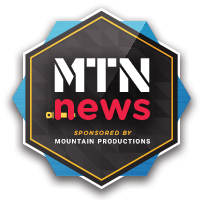Triumph. Harley. Indian. No matter which brand you ride, there’s a good chance you’re listening to one thing – Rock and Roll. From outlaws to outcasts, the rich, intertwined history of both make for one of the most iconic pairs in American history. What is it about Rock and motorcycles that makes the two so inseparable?
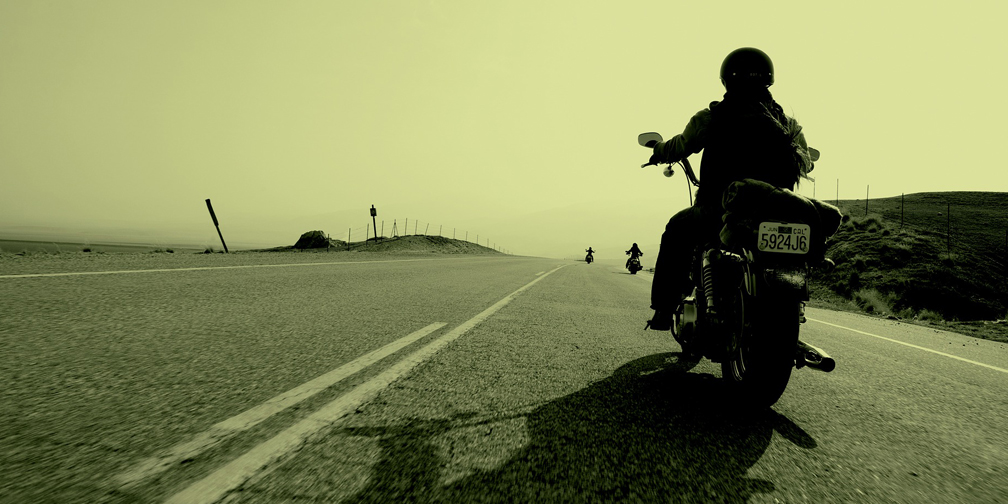
In 1901, Indian Motorcycle Company began production of their first motorcycle and, by 1903, Harley was launching their bikes. Originally reserved for the elite few who could afford them, it wasn’t until after World War II that motorcycles hit the mainstream scene and quickly evolved in reputation.
The Fifties
The 1950s were the true breeding ground for motorcycle and music expression that would pair the two together as the ultimate symbol of rebellion. Just as American youth were trading in their “How Much Is That Doggie in the Window” vinyls for something a little more Chuck Berry in nature, frustrated and disenfranchised youth were also gravitating toward the likes of James Dean and Marlon Brando.
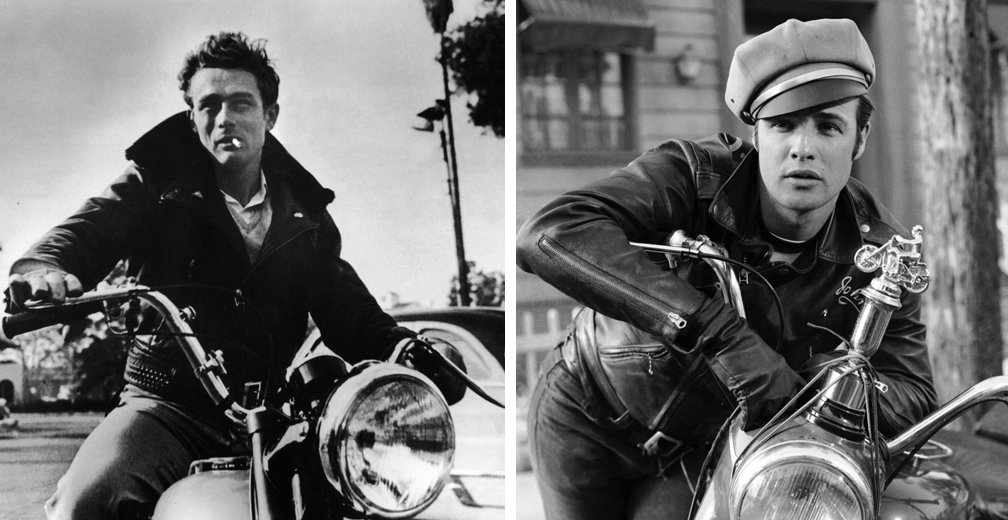
Among being symbols of nonconformity and edginess, Brando and Dean were also known for their love of the new rock music of their time and for their love of motorcycles. Before a young and tragic death, Dean, who was known to own a number of impressive motorcycles, had won over the American youth with his portrayals of a young and rebellious outcast.
Especially following his death, his bad-boy, dangerous reputation created an attitude that everyone wanted to emulate. This, of course, included following his pull toward edgier music and two-wheel rides that they felt mirrored their angst and frustrations. The 50s saw a spreading of motorcycle culture and, with the invention of Fender guitars, transistor radios, and the rise of radio DJs, rock and roll would follow suit.
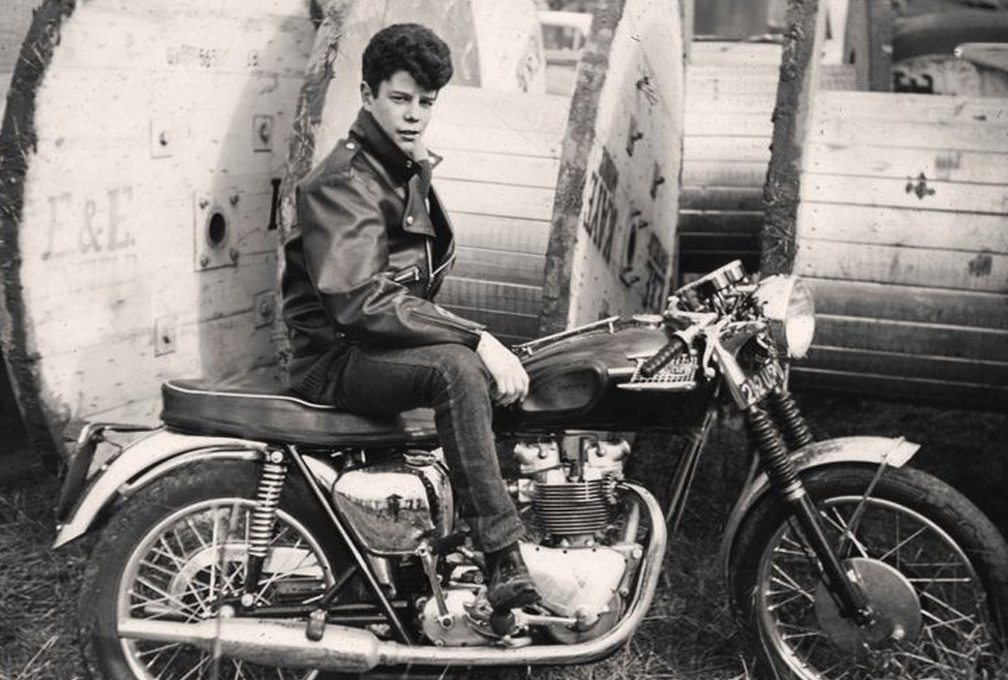
Tragic songs like the Shangri-La’s “Leader of the Pack”, which told the story of a girl and her motorcycle-wielding boyfriend, rose to be regarded as some of the greatest songs in American history. On the screen, Marlon Brando’s “The Wild One” would become a cult classic that was based on a real-life biker disturbance and would paint the image of “biker” and “outlaw” with the same stroke. Interestingly enough, “The Wild One” is credited with rebirthing the iconic black leather jacket from military standard to motorcycle staple.
Across the pond, Britain began to see the rise of the Rockers and Café Racers that formed their own bond to counter-culture and anti-establishment. These proclaimed nomads donned leather jackets and greased hair popular with rock musicians at the time and rode stripped-down and fast bikes.
The Sixties
Throughout the 60s and 70s, both motorcycles and rock music became synonymous with cultural agitation, resistance to authority and a separation from the mainstream. If World War II brought the motorcycle to the masses, circumstances surrounding Vietnam were the catapult that led to its symbol as the “other than”.
While motorcycles and rock and roll were reserved for the outcasted counter-culture in the fifties, the sixties saw a shift that popularized challenging the norms of the older, middle-class generation on a grander scale. A new era of nonconformity and resistance to traditional viewpoints was built on showcasing loud music and fast bikes.
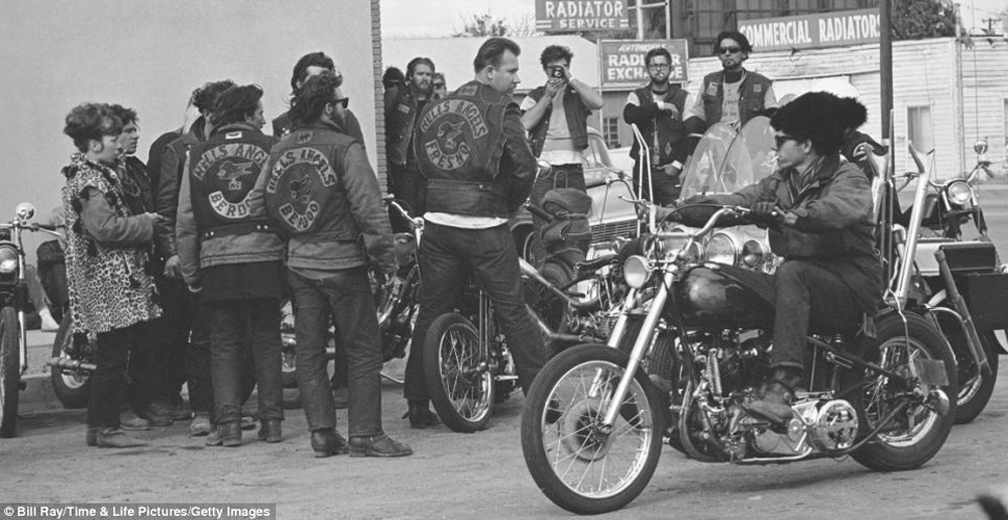
Motorcycle clubs like the Hell’s Angels, The Outlaws and The Pagans had begun to attract national attention as they proudly adopted their ‘one-percenter’ attitude. Their devil-may-care and nomadic lifestyle could only be represented through the disruptive stylings of rock and roll.
In turn, rock royalty had adopted the motorcycle as the unofficial mode of badass transportation. Rock stars had begun wearing motorcycle boots and leather jackets on stage and legends like Led Zeppelin’s John Bonham were riding through the hallways of Los Angeles hotels. By the end of the sixties, The Rolling Stones had even hired the notorious Hell’s Angels motorcycle club to provide security for their concerts, which ultimately had disastrous consequences when a fan was brutally beaten, stabbed and killed.
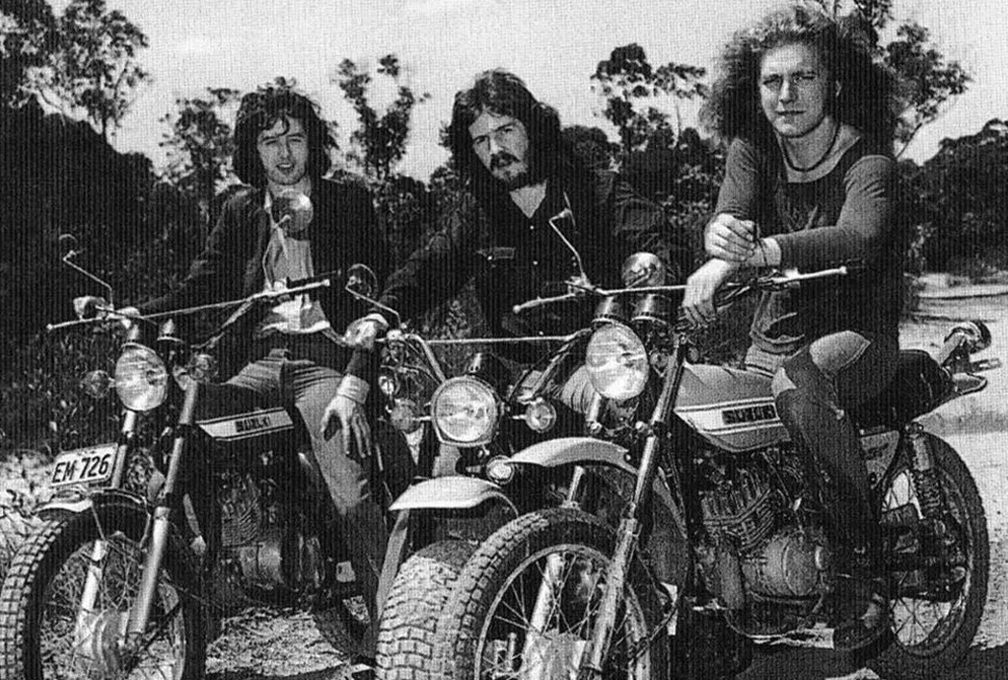
The Seventies
Throughout the 70s, custom bikes brought on by the craze of 1968’s “Easy Rider” created a shift from European manufacturers to American and Japanese bikes, rejuvenating the nearly underwater Harley Davidson and bringing a whole new respect to Honda. As Harley saw a resurgence, so too did the loner and outlaw stereotypes surrounding bikers.
The 1970s saw perhaps the greatest mashup of rock and roll and motorcycles in American history. Everyone from Chicago to legendary Queen guitarist, Brian May, were putting their mark on the biker movie craze. Meatloaf’s “Bat Out of Hell” album was one of the most iconic crossovers, featuring a famed motorcycle solo in its title track.
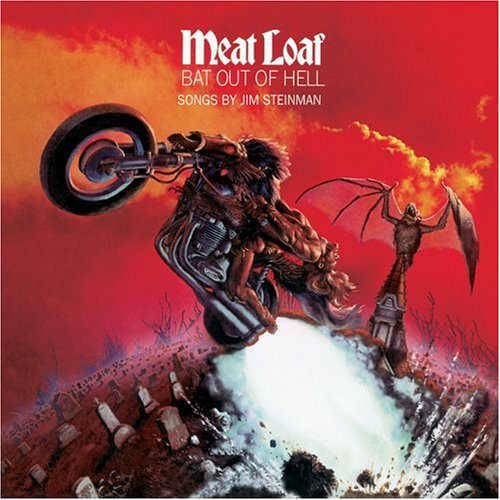
Since the early 70s, virtually every rock star to hit the stage has shown an appreciation for two-wheeled transport. From songs and album photos to the real-life debauchery of riding through hotels or racing down the Sunset Strip, musicians have done their part to make sure that the motorcycle lives on as the ultimate symbol of rock n’ roll.

Today
As years have passed and culture has changed, the opinions surrounding both motorcycles and rock and roll have shifted. Largely gone are the days that motorcycles, leather and a little rock and roll are seen as the sign of a criminal or bandit. Nowadays, as we’re driving down the highway and hear the sound of an old two-stroke cruising from behind, we turn up whatever rock station that’s in range, look back into the rearview mirror and appreciate the iconic duo of loud music and fast bikes.


